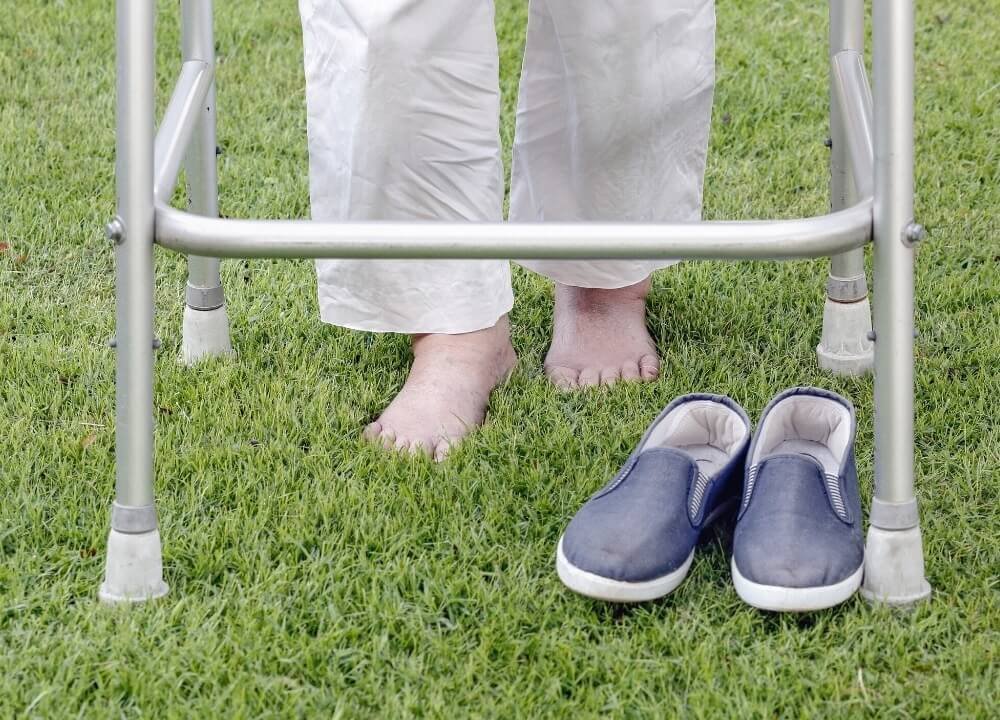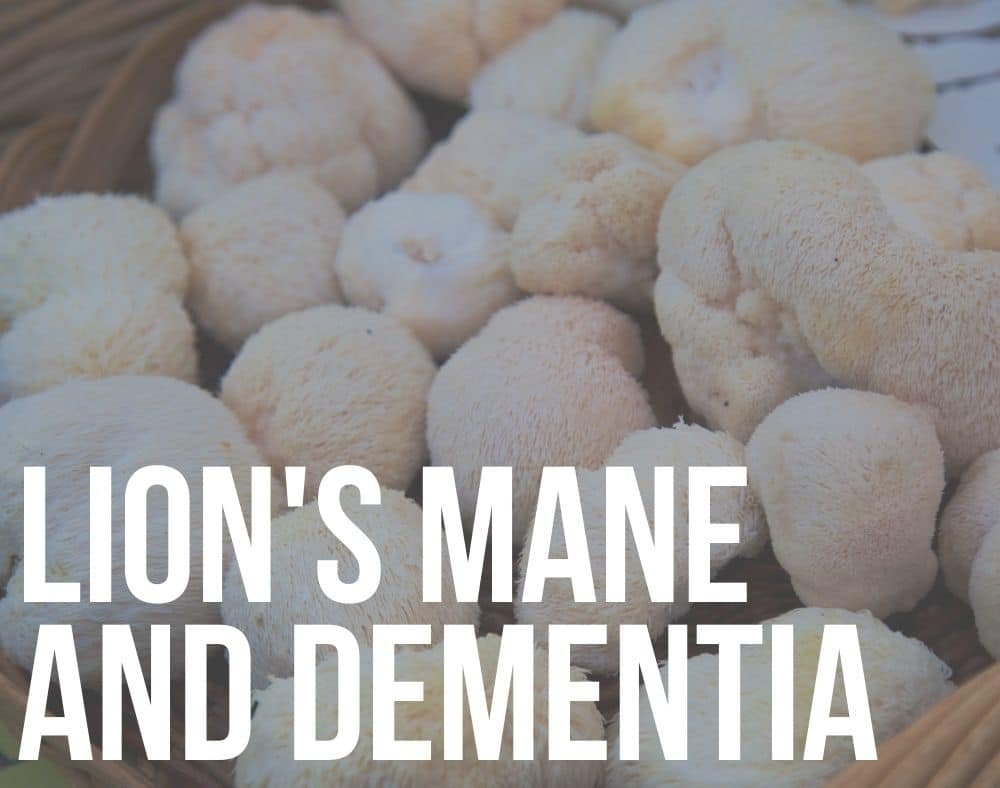After numerous studies, it shows that horticulture therapy for dementia can bring very positive results.
The term “Horticultural Therapy” is often used to refer to the myriad of beneficial effects that people with dementia (or other diagnoses) reap simply by interacting with nature.
Contents
- Horticultural Therapy in Patients With Dementia
- Horticultural therapy is firmly rooted in the past
- The benefits of horticulture therapy have been scientifically proven time and again
- Gardening
- Grounding
- Forest Bathing
- How much horticulture therapy time does a senior need?
- Horticultural therapists are specially trained and uniquely creative
- Horticultural therapy focuses on achieving defined goals
- Horticulture therapy is extremely effective for dementia
- Horticulture therapy is especially exciting because of what it’s not
- Horticultural therapy should be utilized to the fullest extent possible to enhance the health and well being of people living with dementia
- Related Posts
Horticultural Therapy in Patients With Dementia
Interaction with plants and nature creates an astounding array of therapeutic benefits to human health and wellness.
Horticultural therapy is firmly rooted in the past
Although the idea of horticultural therapy may be new to some, the practice is not.
Using exposure to nature to promote healing dates back thousands of years to the earliest known civilizations, including the Mesopotamians and the Persians.
In the 1800’s doctors in the United States and Europe began prescribing time in the garden for certain patients. Florence Nightingale, the founder of modern nursing, was a big proponent of the healing effect of gardens.
By the mid-1900s horticultural therapy was being more widely used to aid the rehabilitation of military veterans. In 1972 the first formal degree programs were established and in 1976 the first PhD in horticultural therapy was awarded.
The benefits of horticulture therapy have been scientifically proven time and again

Scientists have studied horticultural therapy rigorously over the past several decades. This has led to an overwhelming abundance of evidence that interaction with nature leads to a marked improvement in physical, emotional and social health.
These improvements in health have been researched and confirmed for seniors and people of all ages. They have been proven for people with dementia and countless other conditions.
Studies specific to the benefits of horticulture therapy for dementia abound
Many research studies focus specifically on how horticultural therapy affects dementia and its symptoms.
Additionally, abundant research demonstrates profound positive benefits to elders in areas such as relief of pain, stress, anxiety and depression.
Conditions such as pain and anxiety are very common in people with dementia. These conditions tend to exacerbate, or worsen, dementia symptoms such as behavioral changes, restlessness, agitation and confusion.
When these conditions have been relieved or prevented, people with dementia not only feel better, they can also function better. They can enjoy a higher degree of independence, think more clearly and behave more calmly.
Each individual research study tends to focus on one particular area of nature exposure, such as gardening, grounding or forest bathing.
Gardening

Spending time or working in a garden setting is known to be extremely helpful for mental and physical health. It’s even been proven to reduce the risk of developing dementia later in life.
For people with dementia, gardening has been shown to:
- Increase feelings of satisfaction, well-being and quality of life
- Improve mood
- Enhance a person’s connection with community
- Improve cognitive function
- Reduce stress
- Diminish anger
- Lower levels of agitation
- Relieve depression and anxiety
- Increase energy and reduce fatigue
- Decrease inappropriate behaviors
- Reduce usage of medications for agitation
- Reduce number of falls and fall severity
These beneficial effects tend to be noticeable immediately after spending time in the garden setting, and then persist for weeks or months afterward.
Wander gardens
Wander gardens have become increasingly popular in recent years for people with dementia. They can often be found near memory care communities and healthcare facilities.
These gardens are thoughtfully and purposefully designed to provide a safe and calming environment for people with dementia to experience nature actively or passively.
Wander gardens typically feature winding wheelchair-friendly pathways with occasional benches. There are often shaded areas to sit and enjoy the birdsong or soft rustle of leaves in the pleasant afternoon breeze.
There is usually an array of colorful non-toxic plants, which are often aromatic and sometimes edible.
Sometimes there are raised garden beds so elders can dig, plant and actively tend to the garden from a wheelchair or a comfortable height.
Each wander garden is unique, but each provides plenty of sights, sounds and aromas to gently stimulate the senses.
Grounding

Grounding, also known as “Earthing” is the practice of connecting with the earth’s electrical field.
Moreover, grounding exposes the body to electrons which neutralize many of the harmful effects of oxidation on a molecular level. This has a significant effect on how the immune system functions.
Robust scientific evidence shows that grounding:
- Reduces inflammation associated with a wide range of chronic diseases, including heart disease, cancer, stroke, chronic obstructive pulmonary disease, osteoporosis, diabetes, asthma, Alzheimer’s disease, arthritis and others
- Drastically improves wound healing
- Significantly improves immune system function
- Markedly reduces pain and swelling
- Improves energy and fatigue
Grounding can be accomplished simply by placing one’s bare feet or hands in soil, sand, stone, wood or other natural substance that is in contact with the earth.
There are also products available that can ground a person who would have difficulty getting outdoors.
Forty minutes per day of grounding is sufficient to achieve ideal results.
Forest Bathing
First popularized in Japan in the 1980s, “Forest Bathing” (essentially spending quiet time in forest-like settings) has amassed an amazing amount of evidence for some remarkable results.
Forest bathing has been proven to:
- Increase immune system function
- Reduce blood pressure and improve cardiovascular health
- Minimize symptoms of depression
- Reduce feelings of anxiety
- Lower feelings of stress and reduce cortisol and other stress biomarkers
- Increase mental relaxation
- Decrease physical pain
- Reduce feelings of psychological distress
There are many reasons why forest bathing is effective, according to scientists.
Viewing nature, physically handling or touching natural objects, gentle multi-sensory stimulation and immersion in nature have all been proven to have a restorative effect on multiple aspects of mental and physical health.
Additionally, certain evergreen trees release a phytochemical compound that, on its own in studies, has been shown to decrease adrenaline and heart rate.
How much horticulture therapy time does a senior need?

How much exposure is necessary to start seeing these effects? Surprisingly little.
In fact, even just viewing images of nature – or the addition of a single cut flower or houseplant into a room – can have measurable outcomes.
However, the strongest and most profound results will often be achieved in conjunction with a horticultural therapist.
Horticultural therapists are specially trained and uniquely creative

Horticultural therapists are generally some sort of healthcare or social worker who has received additional training and certification specific to this modality.
This often includes occupational therapists, physical therapists, counselors, hospice workers, nurses, spiritual care professionals, activity providers and others.
All of whom have their unique approaches to integrating plant based interactions into their practices in different ways.
What they have in common, besides the plant based nature of their approaches, is that they are helping the participant(s) reach specific, measurable goals.
Horticultural therapy focuses on achieving defined goals

A “specific, measurable goal” could be, for example, to reduce one’s blood pressure by 20 points. Another goal might be to decrease the frequency or dosage of pain medication one is taking.
In dementia care, goals of horticulture therapy often include activity engagement or aggression, yelling, restlessness and other such behavioral symptoms. These types of symptoms can be concretely measured using tools such as the Cohen-Mansfield Agitation Inventory (CMAI).
The CMAI measures 29 specific negative behavioral symptoms in people with dementia.
- 1. Pacing and aimless wandering
- 2. Inappropriate dressing or disrobing
- 3. Spitting
- 4. Cursing or verbal aggression
- 5. Constant unwarranted request for attention or help
- 6. Repetitive sentences or questions
- 7. Hitting (including self)
- 8. Kicking
- 9. Grabbing onto people or things inappropriately
- 10. Pushing
- 11. Throwing things
- 12. Making strange noises
- 13. Screaming
- 14. Biting
- 15. Scratching
- 16. Trying to get to a different place inappropriately
- 17. Intentional falling
- 18. Complaining
- 19. Negativism
- 20. Eating or drinking inappropriate substances
- 21. Hurting self or other
- 22. Handling things inappropriately
- 23. Hiding things
- 24. Hoarding things
- 25. Tearing things or destroying property
- 26. Performing repetitive mannerisms
- 27. Making verbal sexual advances
- 28. Making physical sexual advances or exposing genitals
- 29. General restlessness
By performing a behavioral assessment at baseline, and then performing the same assessment at key points during or after the study, these types of behaviors can be measured.
Horticulture therapy is extremely effective for dementia

The results are profound and dramatic. Study after study has shown overwhelming evidence that people with dementia who receive horticultural therapy interventions…
- Have significantly less agitation
- Have much fewer behavior disturbances
- Experience much more emotional stability
- Spend significantly more time engaged in activity, and
- Spend markedly less time doing nothing
… than their counterparts who receive non-horticultural interventions.
Researchers theorize that enabling people with dementia to have responsibility for and connection with living things is therapeutic for them.
They are receiving gentle multi-sensory stimulation, which is likewise known to be therapeutic. Also, they are engaging in physical activity, social activity and relieving emotional tension.
Horticulture therapy is especially exciting because of what it’s not
Experts are excited about using horticultural therapy to reduce the distressful symptoms of dementia for a number of reasons.
It’s not full of side effects
Medications for dementia symptoms are frequently ineffective and often come with dangerous side effects. These may include, sedation, increased confusion and decreased ability to function independently.
Dementia care experts whole-heartedly agree that non-drug interventions are highly preferred over medications whenever possible.
It’s not expensive
Because horticulture therapy approaches are generally inexpensive, there is no real cost barrier.
It’s not inaccessible
Some of the non-drug interventions out there, such as music or reminiscence therapy, are most effective when based on an individual’s particular memories and experiences.
Horticulture therapy, by contrast, is easy to apply to a wide array of people without a lot of customization.
It’s also easy to incorporate into a variety of different activities and schedules, so it’s well suited to senior living communities and health care facilities.
What’s more, is that it can be done literally anywhere!
Even if a person doesn’t have access to a garden plot or can’t get outdoors at all, horticulture therapy can occur inside.
Horticultural therapy should be utilized to the fullest extent possible to enhance the health and well being of people living with dementia

Researchers acknowledge that it can be hard to separate the exact amount that each individual facet of horticultural therapy contributes to its overall beneficial effect.
Multi-sensory stimulation is known to be therapeutic. The natural world is full of visual, auditory, tactile and olfactory stimuli that promote healing.
Additionally, there are many known (and likely many as yet unknown) phytochemicals that affect how the human body functions on a microscopic level.
What is clear beyond any shadow of a doubt is that horticultural therapy is an easy, inexpensive, accessible and enjoyable way to support and promote good mental, physical, emotional and social health for people living with, or without, dementia.







